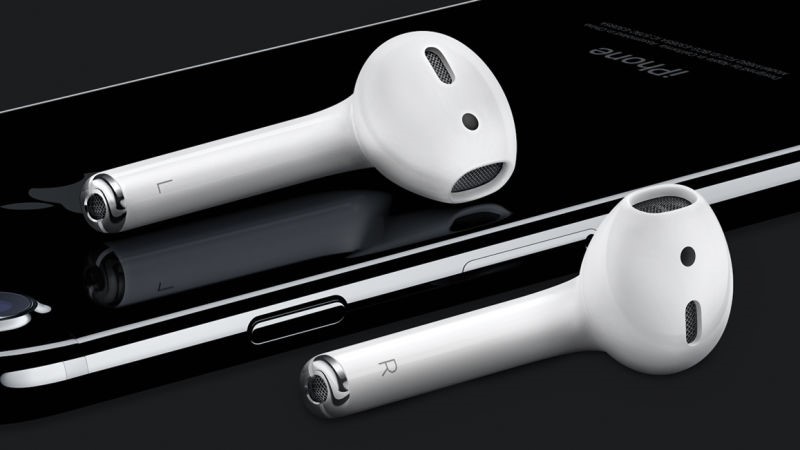
Love it or hate it, removing the 3.5-mm headphone jack from the iPhone 7 forcibly alters well-established status quo in how consumers expect to interact with their mobile device. At best, if the company is to be believed, the new “lightning-based” headphones eliminate a ubiquitous bottleneck in audio fidelity while gracing us with a lighter and slimmer device. And at worst, the feature does nothing, save for enacting a new form of DRM that prevents the use of “unauthorized playback” devices, forcing consumers to buy into Apple’s proprietary technology. Nearly everyone has headphones, speakers, and other gadgets dependent on the 3.5-mm jack that’ll be rendered obsolete by the iPhone 7 (unless they’re willing to purchase a $9 converter dongle ), and Apple is waging that consumers will fall so head-over-heels for the device that they’ll purchase one regardless.
If history remains on Apple’s side, consumers will momentarily grumble before settling into the sedation of acceptance and the competition will realize the Cupertino-based company is onto something and follow suit, proving that Apple was the trendsetter all along. A similar disruption occurred in 1998, when the company launched its colorful line of iMacs sans floppy disk drive. A few years later, floppy disk drives disappeared altogether. Nearly a decade later, the story repeats itself when the MacBook Air dropped the CD-ROM drive. That decision made sense in light of the increased internet speeds and the growing cloud storage movement, but why banish the perfectly functional 3.5-mm jack?
The more we think about it, the more we realize that the move was not “courageous” as Apple’s marketing chief Phil Schiller explained during Wednesday’s press event, but a means of shoveling proprietary hardware down our throat.
Possible reasons include:
Thinner and lighter phones
The same underlying logic that drove Apple to remove the MacBook’s CD-ROM also seems to apply to the iPhone technically: thinner is better — or at least that’s the trend guiding mobile phone design since the advent of the smartphone. Using existing technology to surpass the performance benchmarks of previous models while further miniaturizing device size requires a very delicate balance of power constraints, often at the cost of eliminating less necessary components. Apple believes it can deliver this experience by consolidating the audio output through the same lightning connection that doubles as its charging port.
Freeing up space on the bottom
Reserving less space on the chassis for essential components theoretically allows for a larger screen, or a similar-sized screen, within a smaller chassis. At the same time, fewer holes mean that there’s less opportunity for water seepage, leading to improved water-resistance.
DRM agenda
By restricting audio output to a purely digital connection, music publishers and streaming companies can finally bestow the audio medium with an effective digital copyright enforcement mechanism that’ll prevent unauthorized devices from processing the output. In other words, Apple may finally have found a way to patch the analog loophole that has evaded the music industry since the introduction of DRM in the late 90s. The analog loophole refers to the inevitable flaw in copy-protection schemes for non-interactive works (music and film) in digital formats, which overrides copy-protection when converting digital information to a human-perceptible analog form. Now Apple gains the upper hand in deciding which devices can support its audio output, taking away the consumer’s ability to use whichever headphones they chose.
“Better sound”
Expect Apple to argue that shifting the headphone connection to the digital Lightning port results in better sound, as headphone designers now have the freedom to determine quality of the audio chips within. If consumers want higher-quality sound, then they can purchase higher-quality headphones or a converter for their existing headphones. The whole reeks of trying to upsell its headphones.
Upsell headphones
Apple could very easily market a pair of its brand of headphones as “the best” available, as the gatekeeper. Serious audiophiles won’t be fooled, but serious audiophiles don’t make up the majority of the market.
Source: Knowyourmobile.com, Vox, and The Verge
Advertisement
Learn more about Electronic Products Magazine





